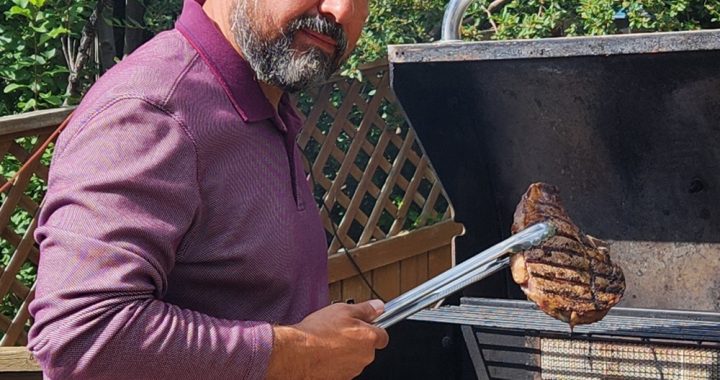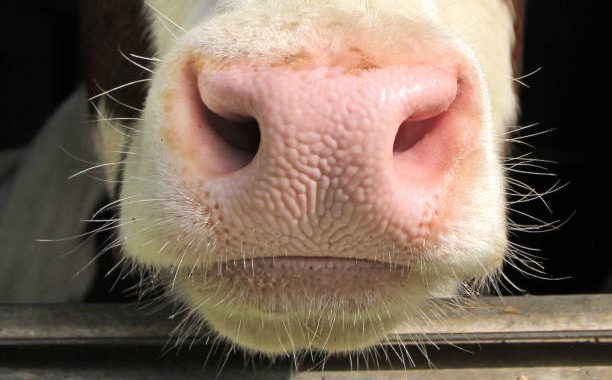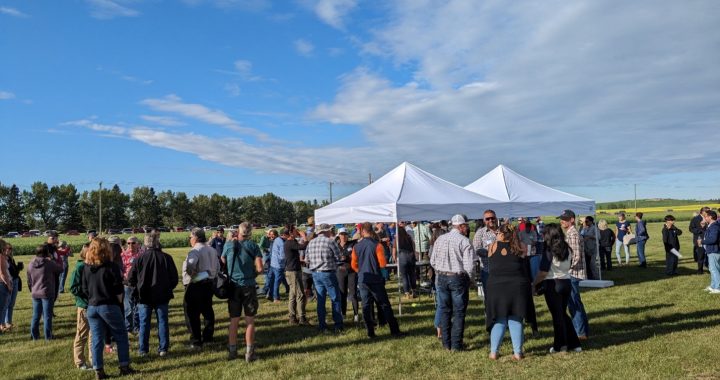In the ever-evolving landscape of agriculture, the future of cattle herds hinges on strategic planning and embracing cutting-edge technologies. Among these technologies, genomics stands out as a powerful tool that can revolutionize the way we manage and optimize our cattle herds. This month’s At The Grill feature by William Torres (storyteller, empathetic connector and resonate catalyst) exploresthe importance of planning for the future of your cattle herd, with a specific focus on the transformative role that genomics can play.
Genomics—the study of an organism’s complete set of DNA, including genes and their functions—has become a game-changer in the realm of agriculture. In the context of cattle herds, genomics information offers unprecedented insights into the genetic makeup of individual animals. This wealth of information allows farmers and ranchers to make informed decisions about breeding, health, and overall herd management.
Precision Breeding for Desired Traits
One of the primary advantages of integrating genomics into cattle-herd planning is the ability to engage in precision breeding. Traditional breeding methods are effective but time-consuming, often requiring several generations to achieve desired traits. Genomics information accelerates this process by enabling the identification of specific genes associated with desirable traits, such as milk production, disease resistance, and meat quality. By selecting animals with the desired genetic markers, farmers can optimize breeding programs to enhance overall herd quality. Precision breeding boosts productivity and contributes to the sustainability of the herd by reducing the environmental impact associated with larger, less efficient populations.
Disease Resistance and Health Management
Genomics also plays a crucial role in fortifying the health of cattle herds. Through genetic screening, farmers can identify animals with inherent resistance to certain diseases. This information allows for the development of resilient herds that are better equipped to withstand common health challenges. Furthermore, genomics aids in the early detection of potential health issues. By analyzing an individual animal’s genetic code, farmers can assess susceptibility to specific diseases, enabling proactive health management strategies. Early intervention ensures the well-being of individual animals and prevents the spread of diseases within the entire herd.
Optimizing Feed Efficiency and Environmental Impact
In an era where sustainability is a key concern, genomics contributes to the optimization of feed efficiency, directly impacting the environmental footprint of cattle farming. By identifying genetic markers associated with efficient nutrient utilization, farmers can select animals that thrive on less feed while maintaining optimal growth rates. Reducing the overall feed requirements of a herd minimizes operational costs and mitigates the environmental impact associated with large-scale livestock farming. Genomics insights empower farmers to make ecologically-conscious decisions, fostering a more sustainable and responsible approach to cattle-herd management.
Long-term Economic Viability
Strategic planning for the future of a cattle herd involves considering economic viability. Genomics provides a pathway to increased profitability by enabling farmers to make data-driven decisions that enhance overall herd performance. Investing in genetically-superior animals leads to higher-quality products, whether it be milk, meat or other by-products. These premium products command higher prices in the market and contribute to the establishment of a reputable brand. By planning for the future with genomics, farmers can secure a competitive edge in the industry, ensuring long-term economic sustainability.
Challenges and Considerations
While genomics offers immense potential, it is crucial to acknowledge the challenges associated with its implementation. Initial costs, data management, and ethical considerations are among the factors that require careful attention. However, as technology advances and becomes more accessible, these challenges are likely to diminish, making genomics an increasingly integral aspect of cattle herd management.
Conclusion
Planning for the future of your cattle herd is a multi-faceted endeavour that demands foresight and adaptability. Embracing genomics as a cornerstone of your strategic planning positions your operation at the forefront of innovation and ensures the long-term success, health, and sustainability of your cattle herd. As the agricultural landscape continues to evolve, those who leverage the power of genomics will undoubtedly shape a future where efficiency, resilience, and profitability coexist harmoniously in the world of cattle farming.

















